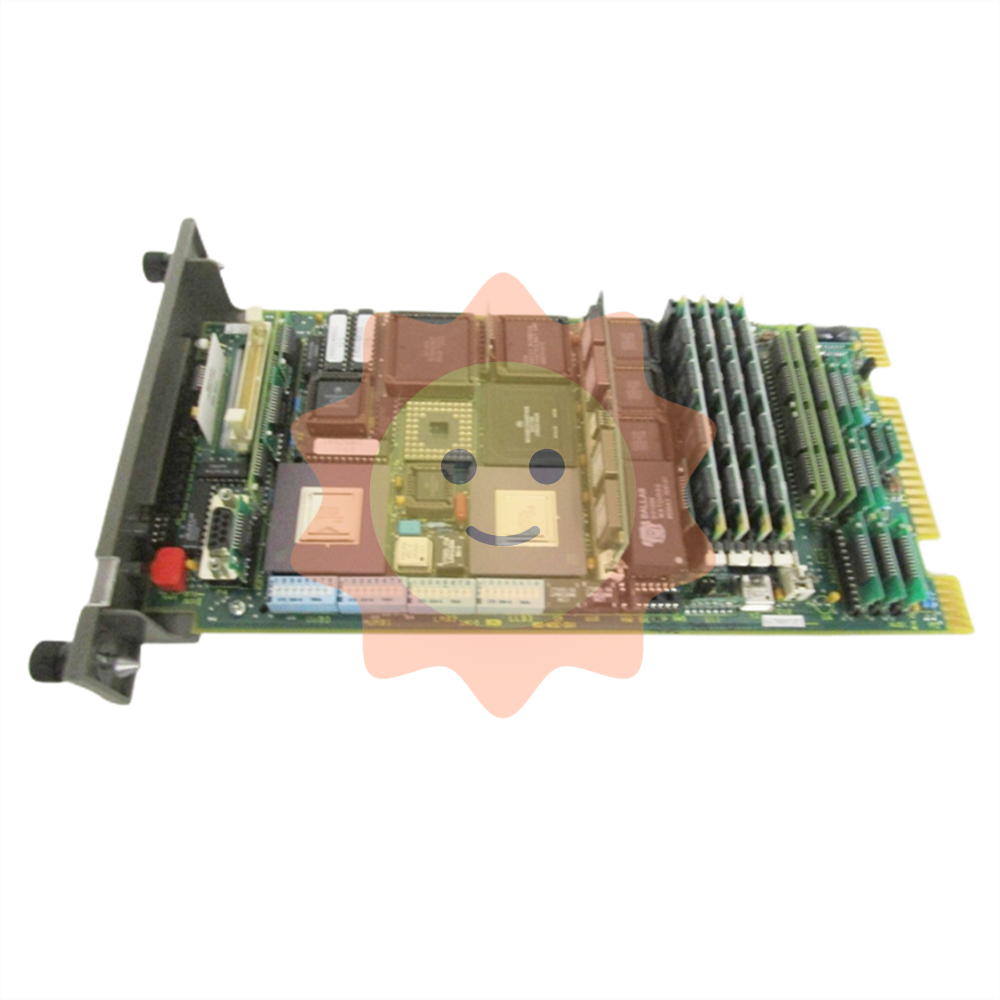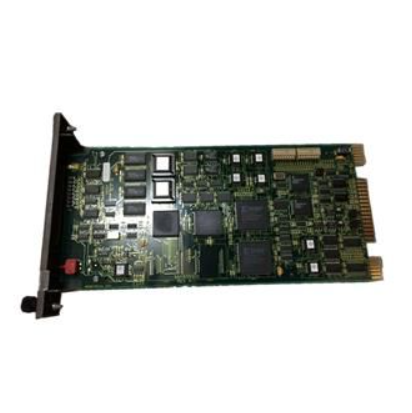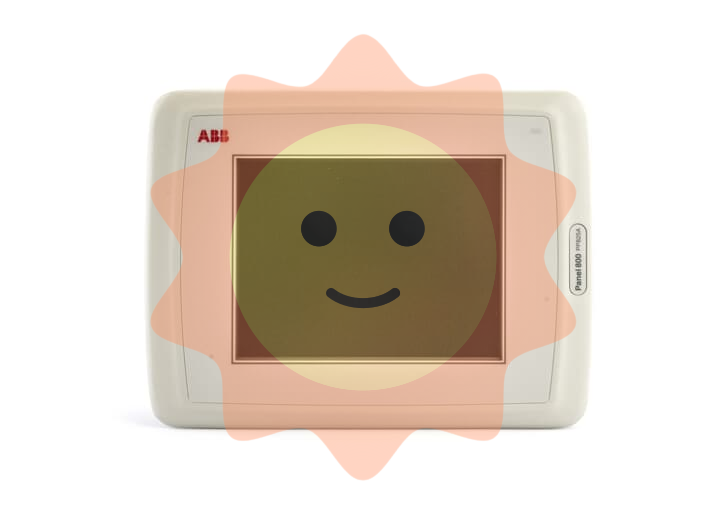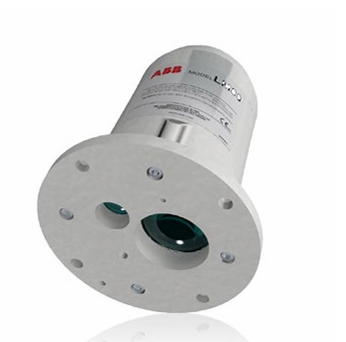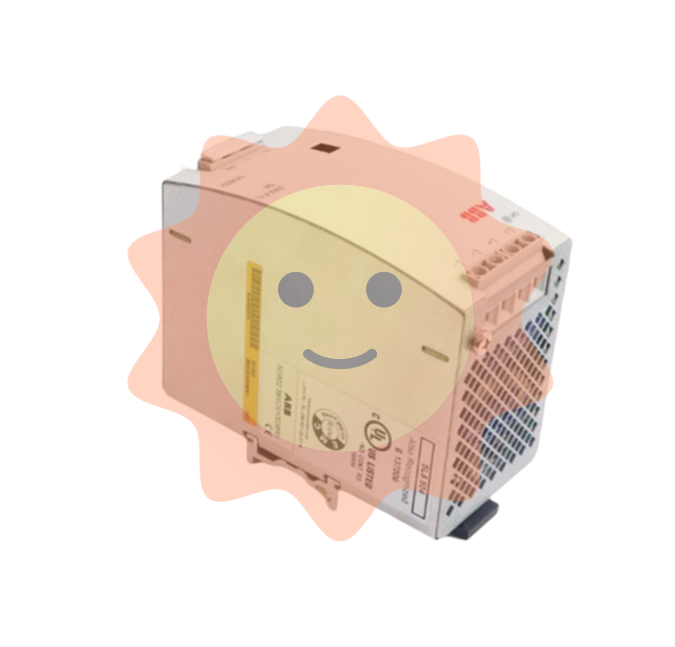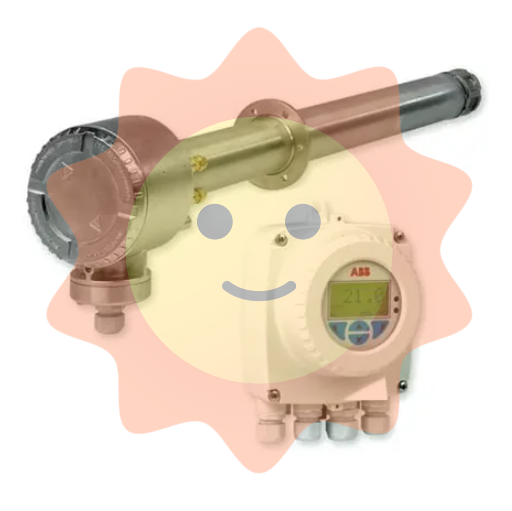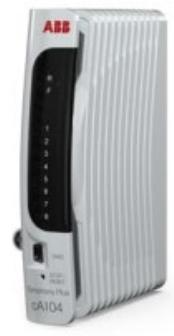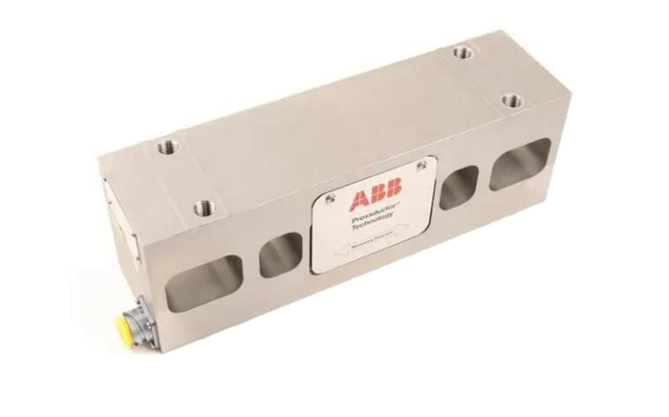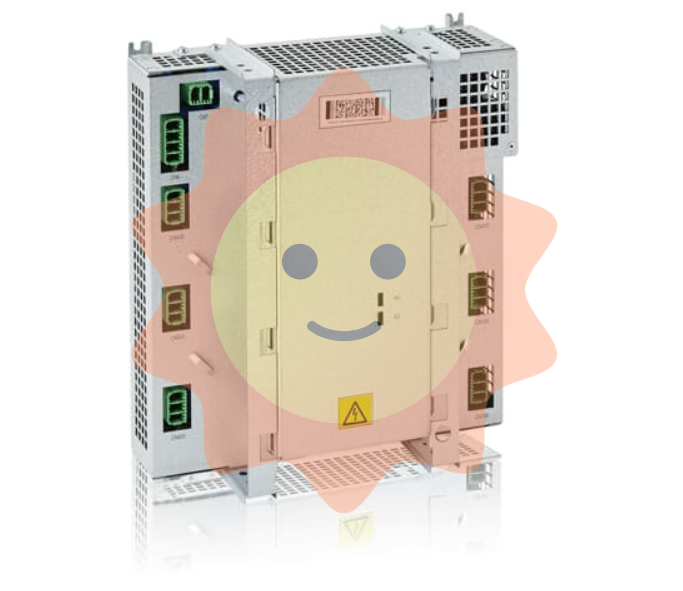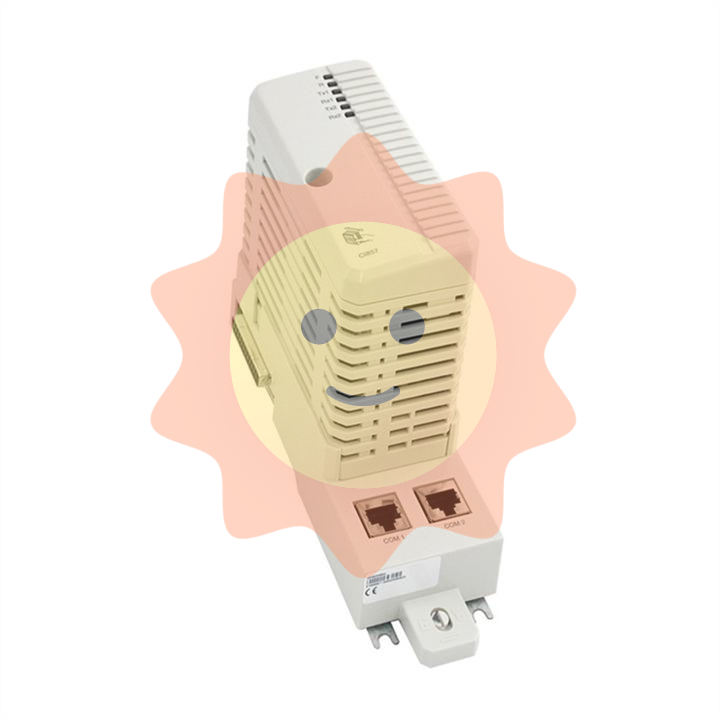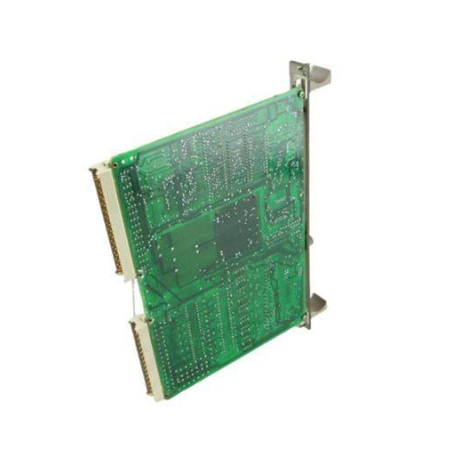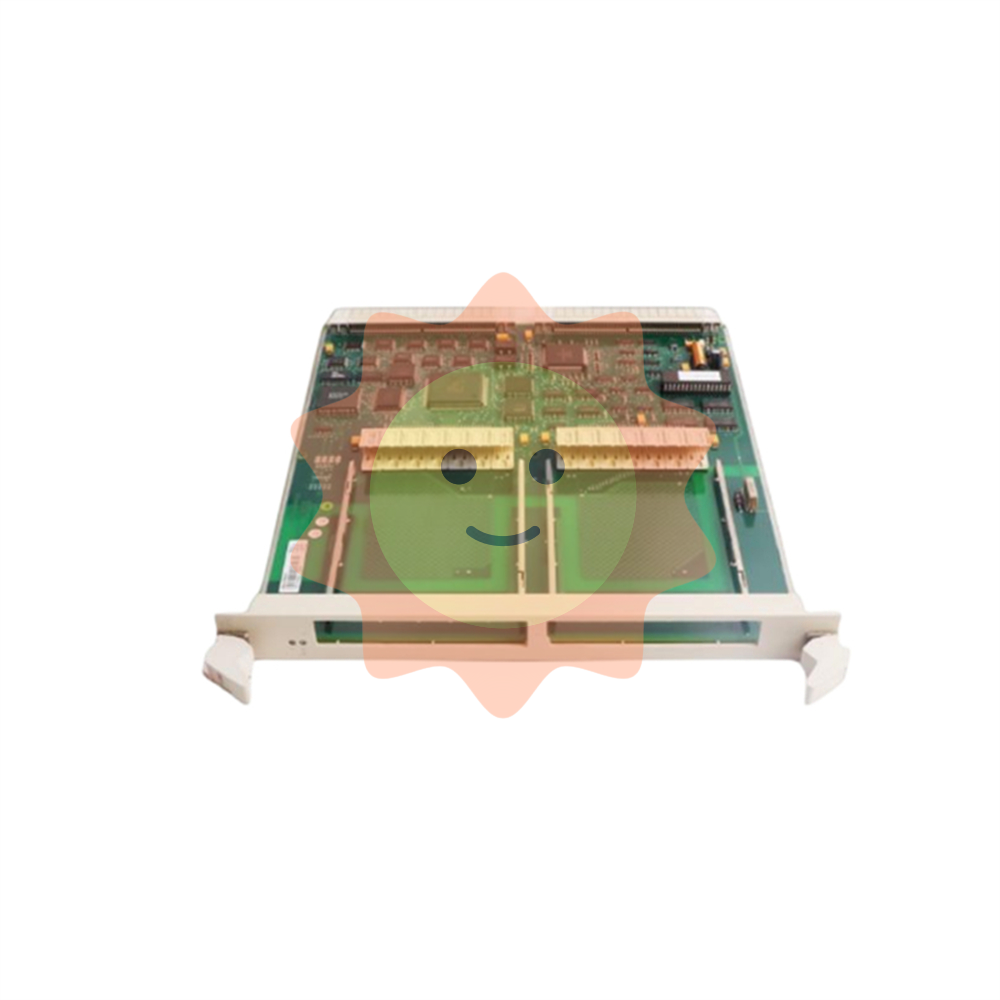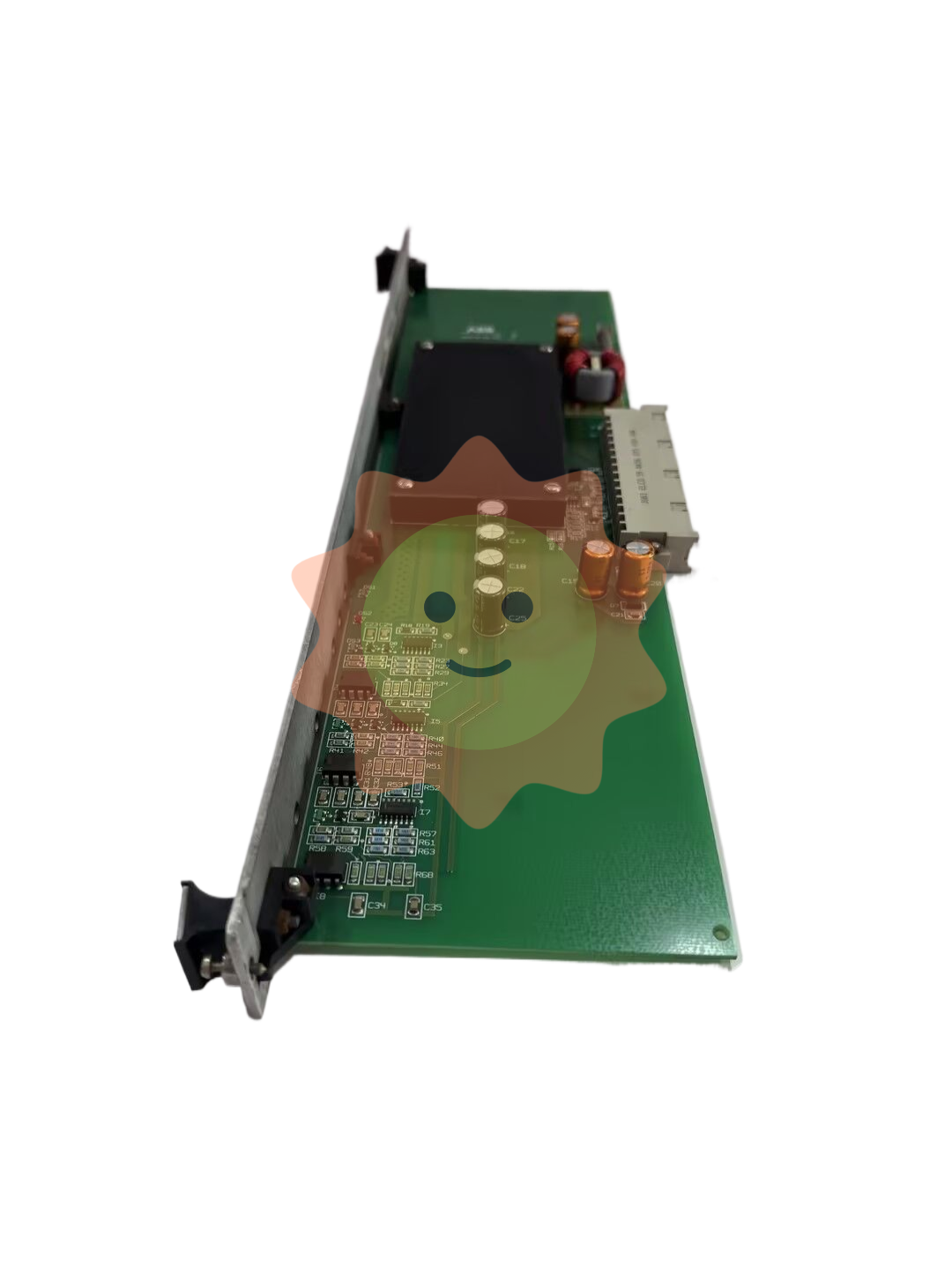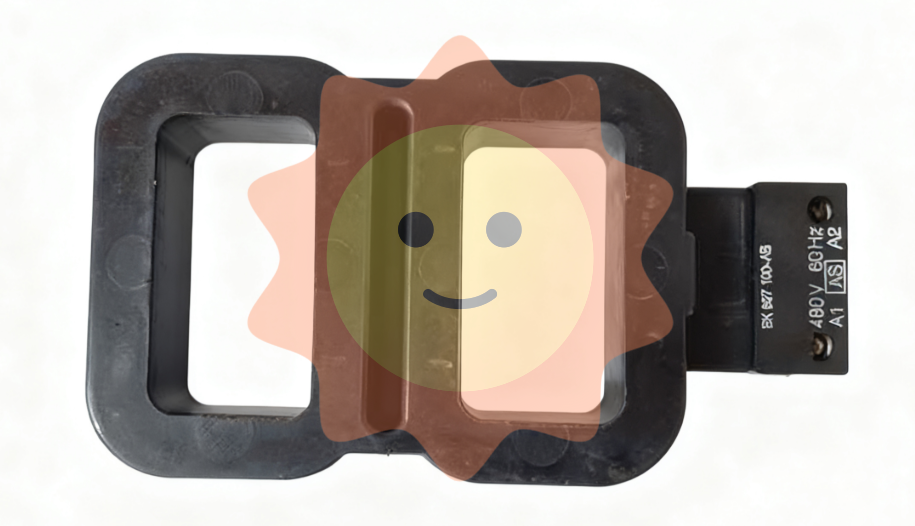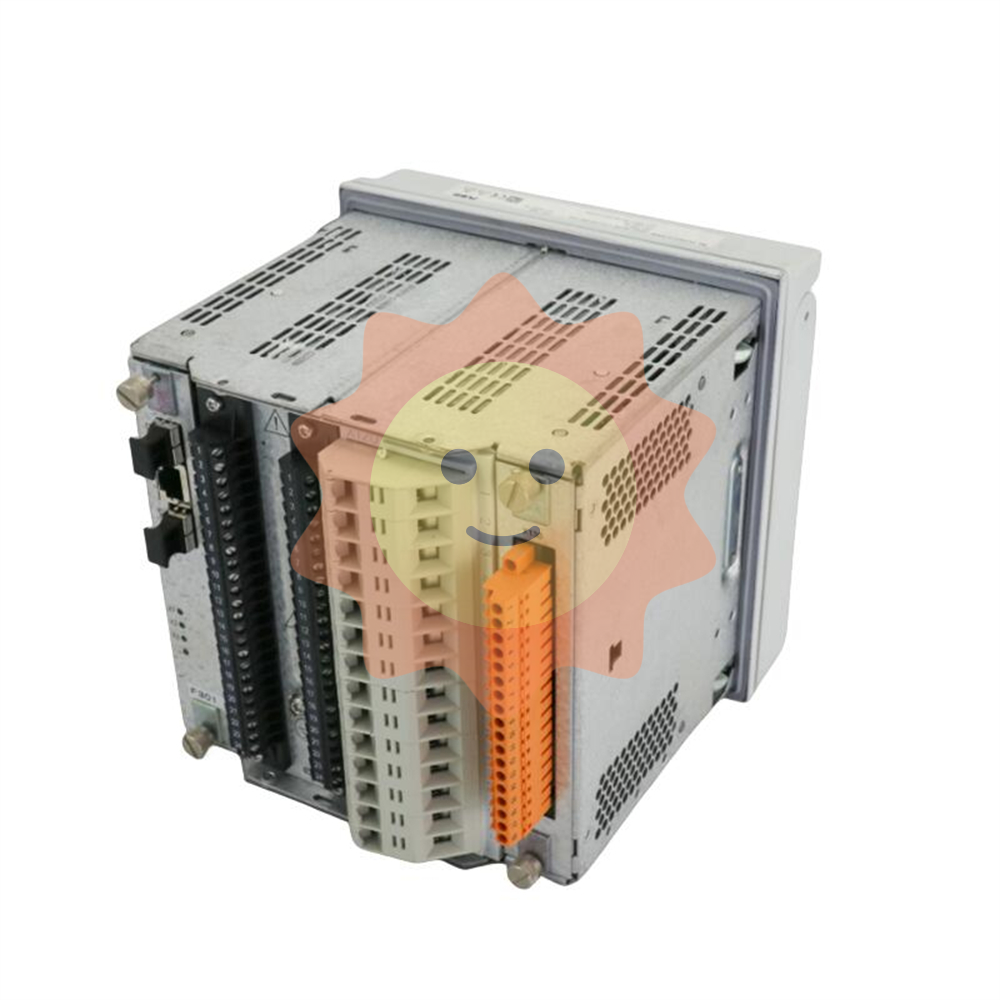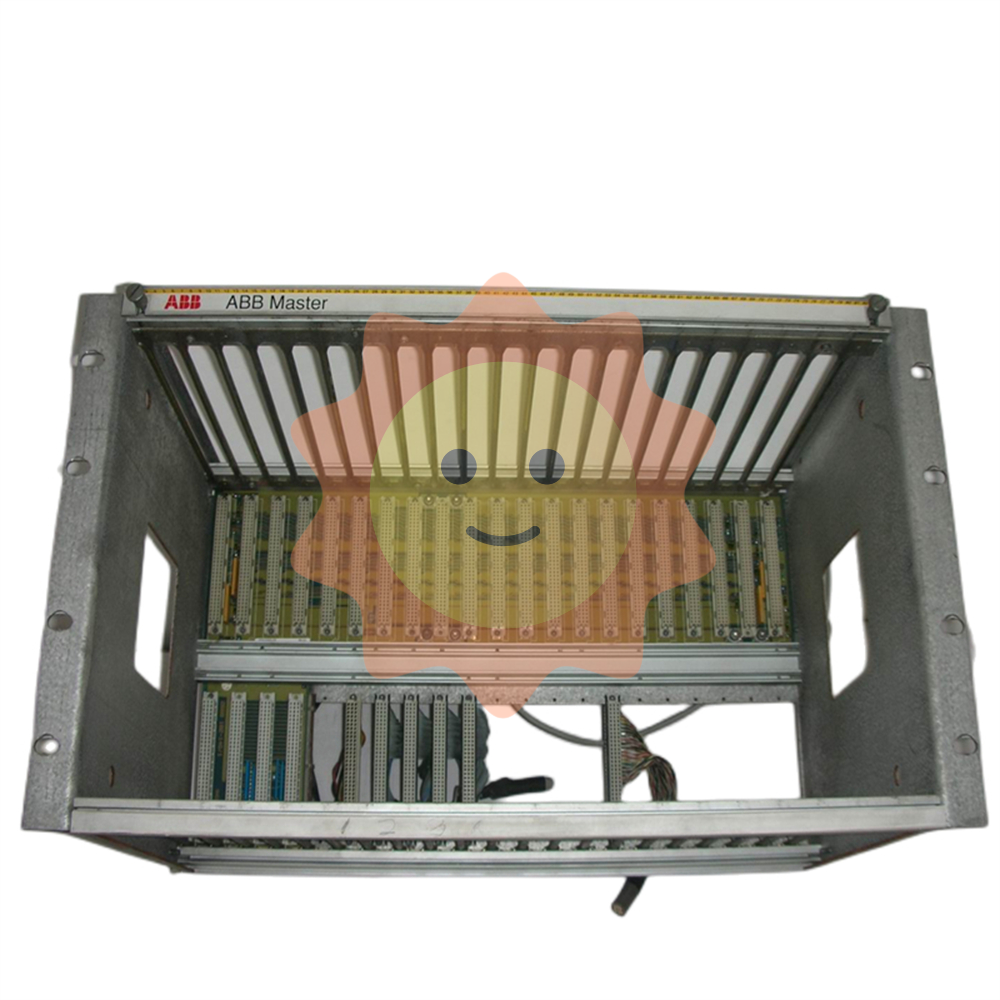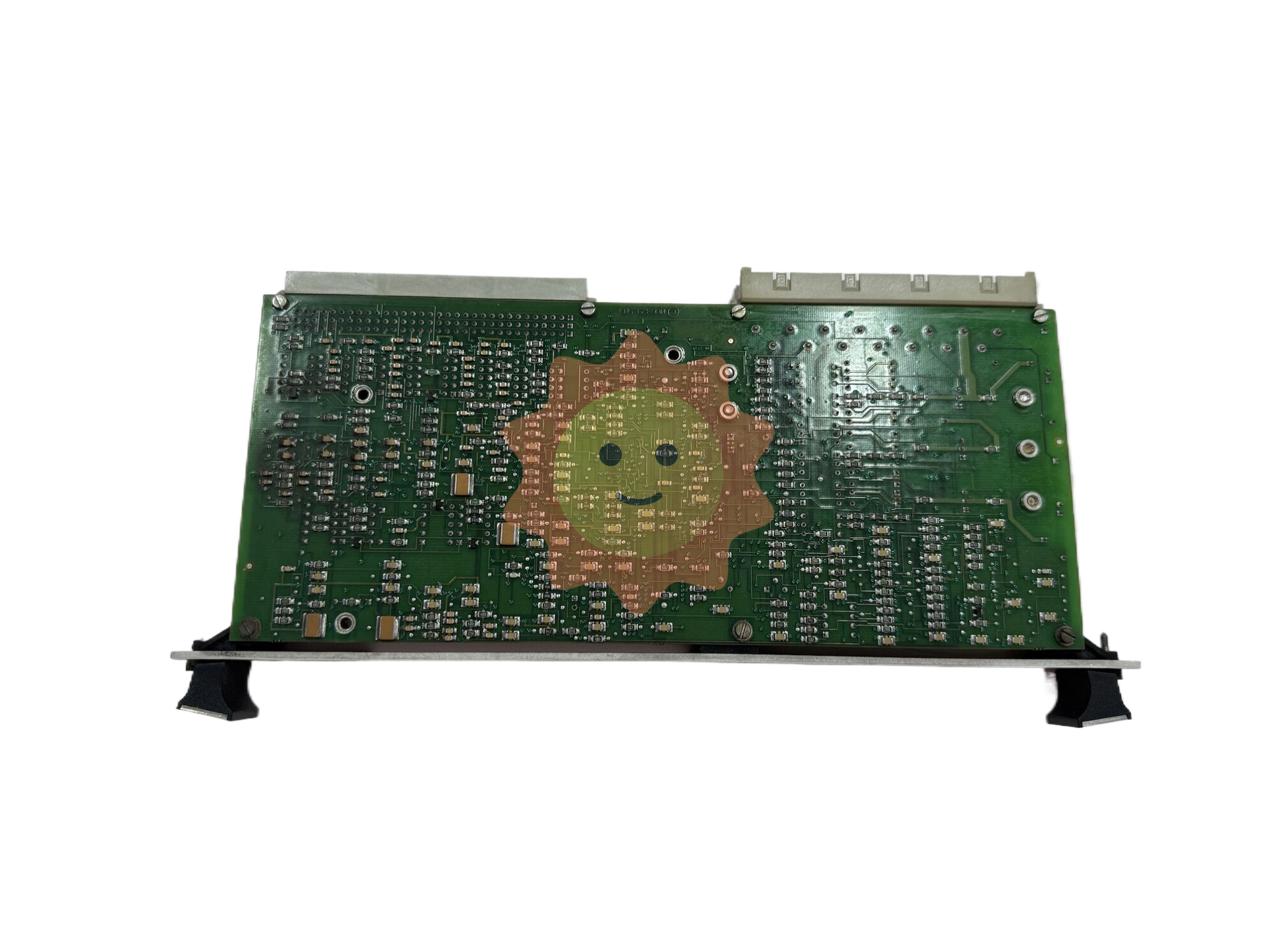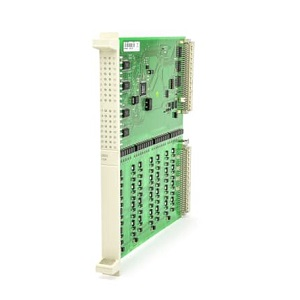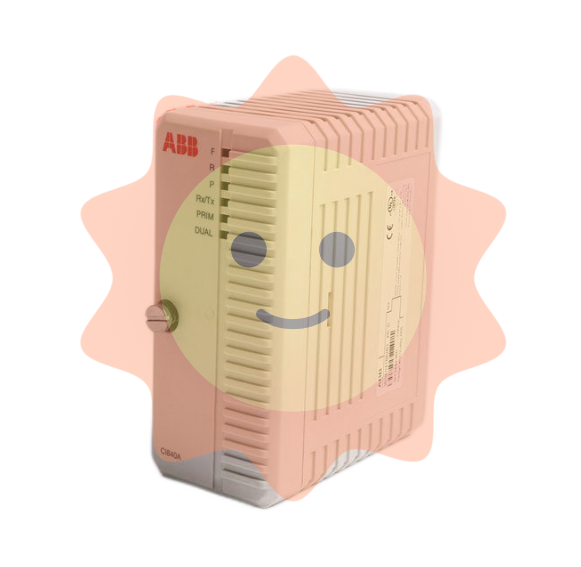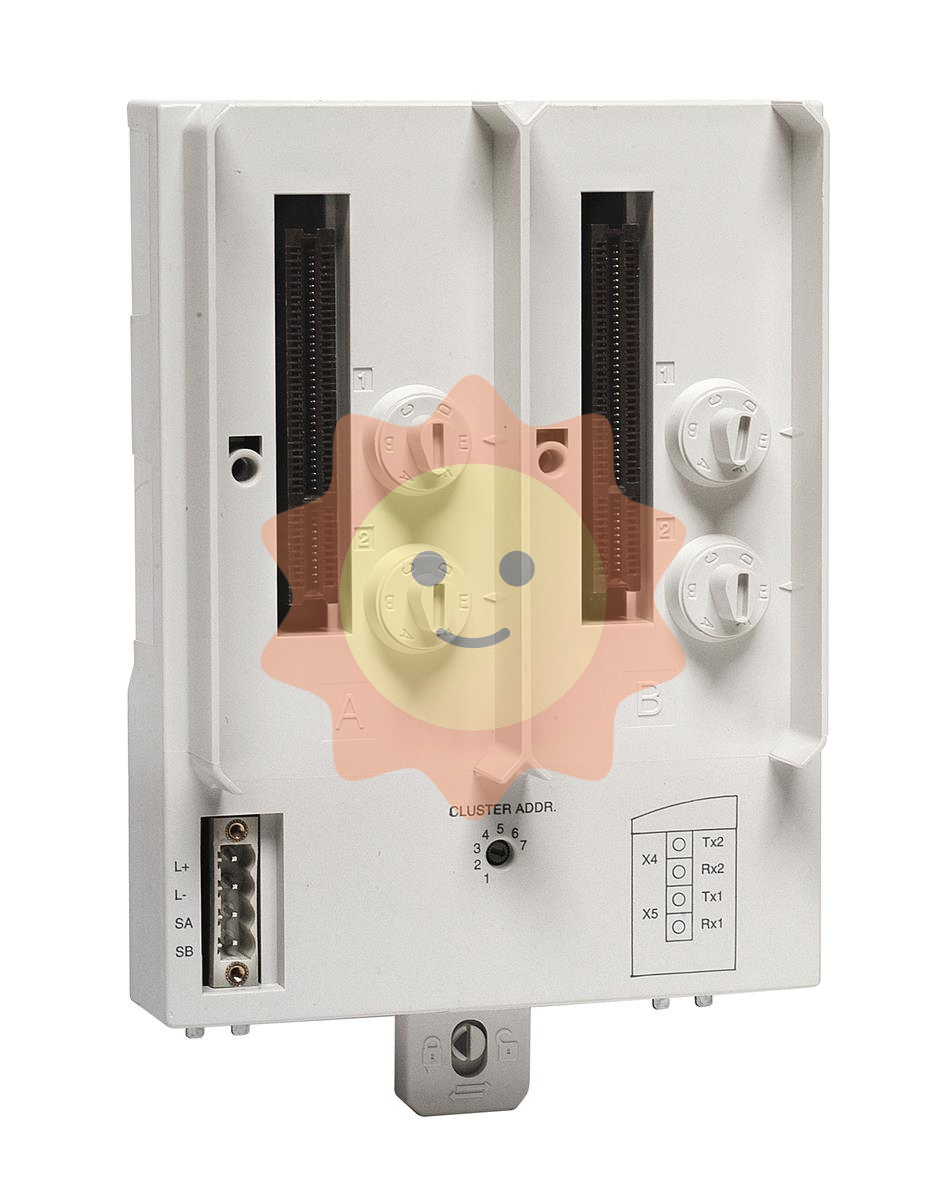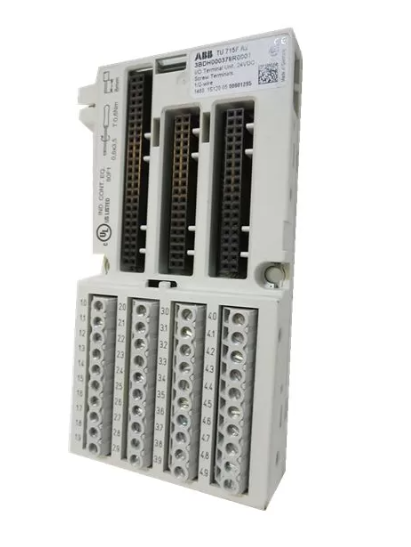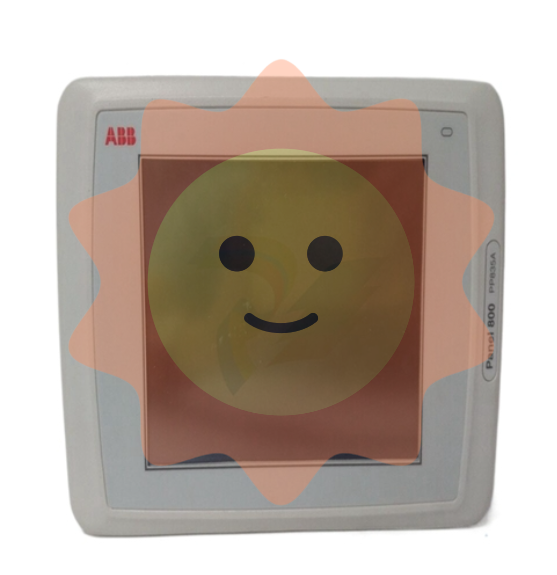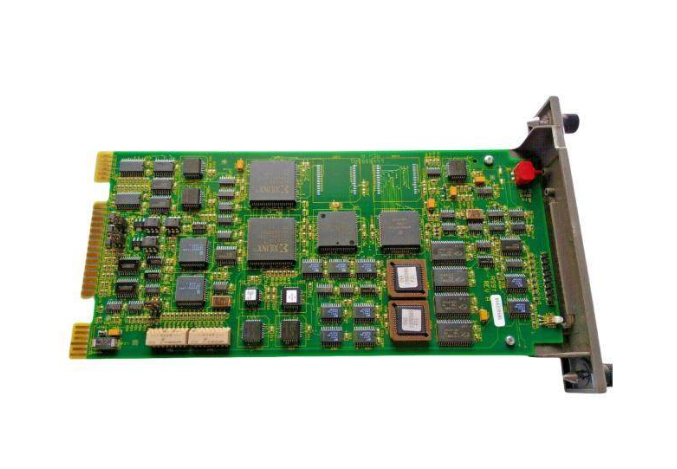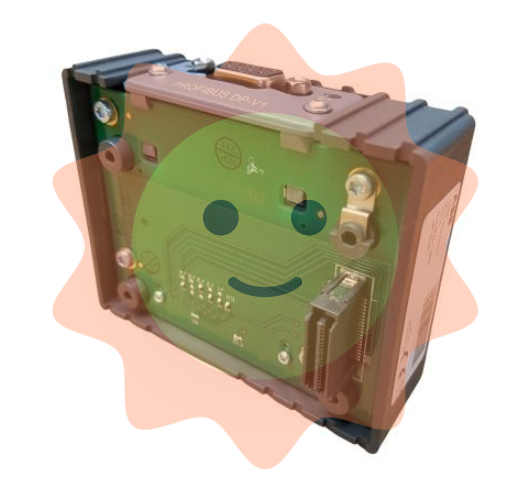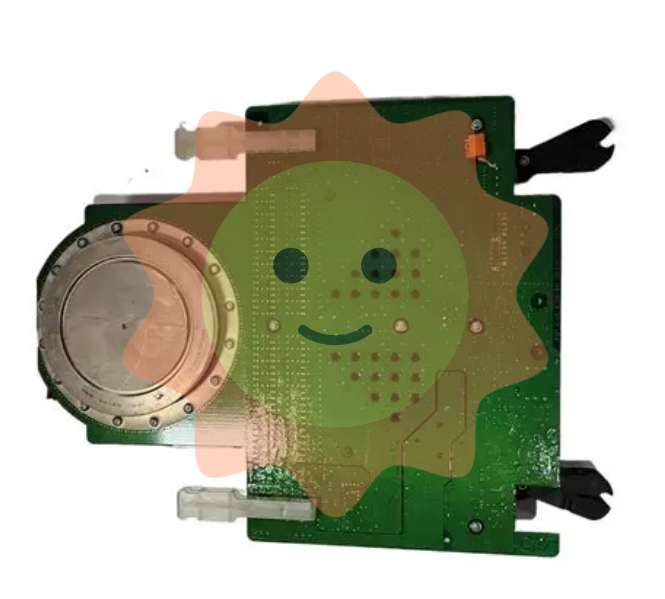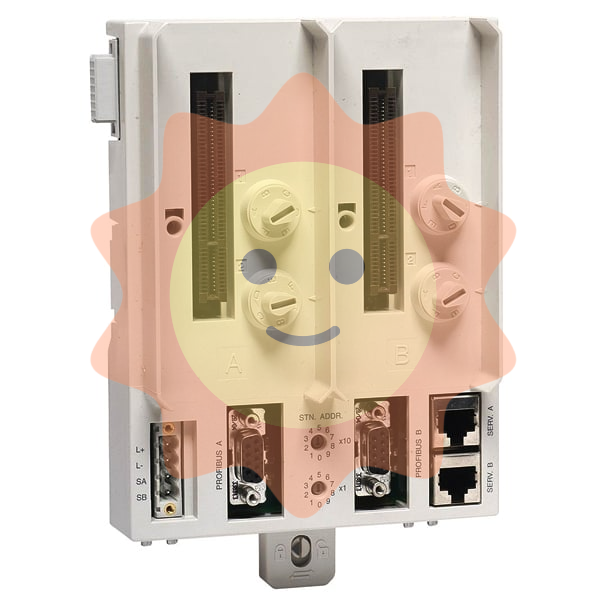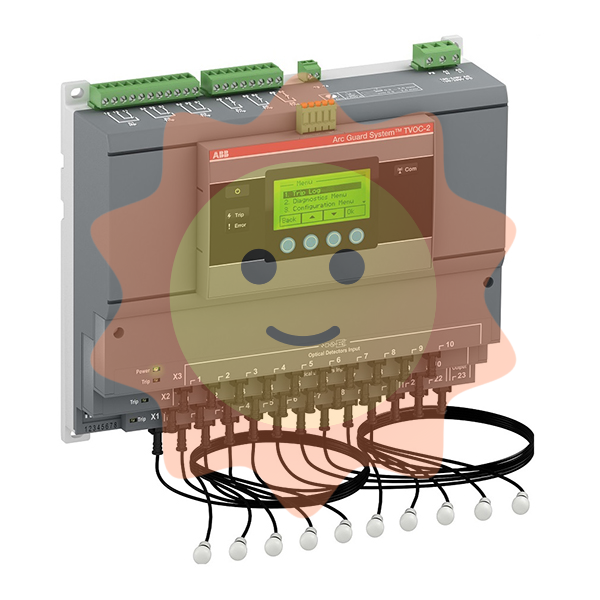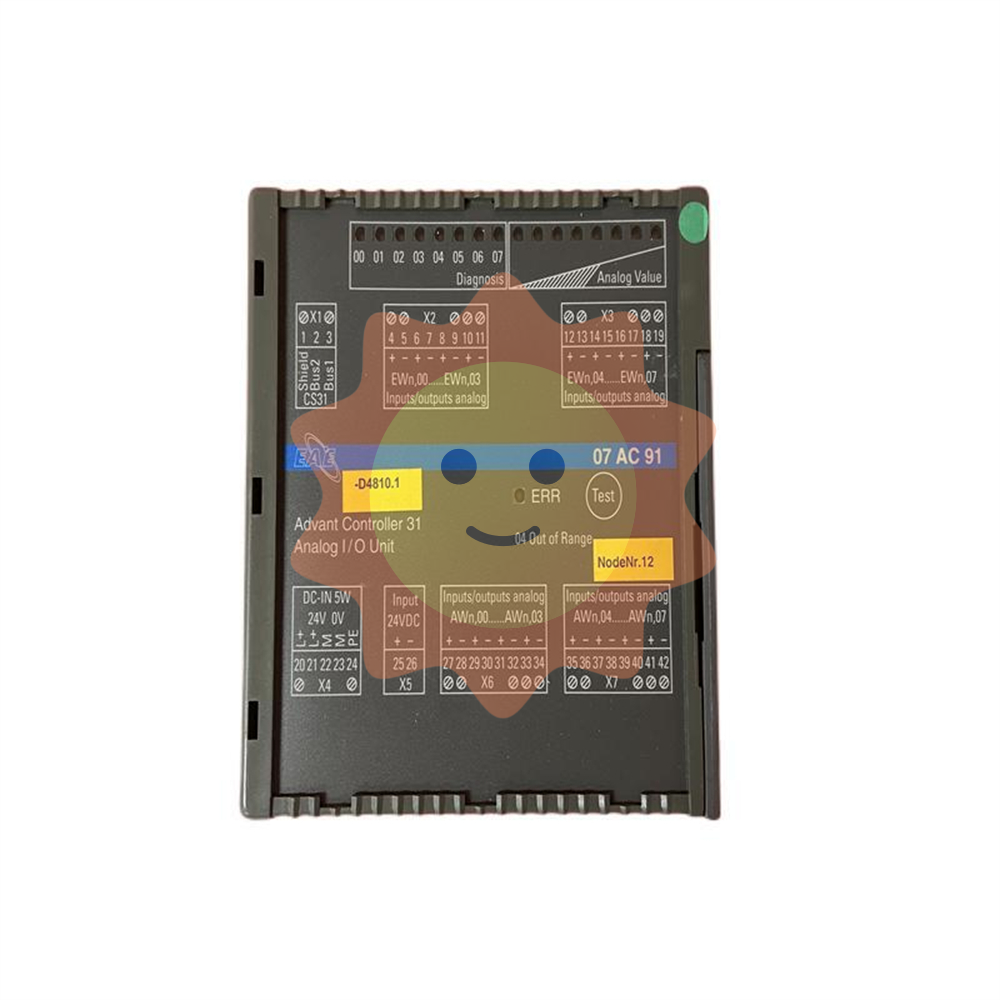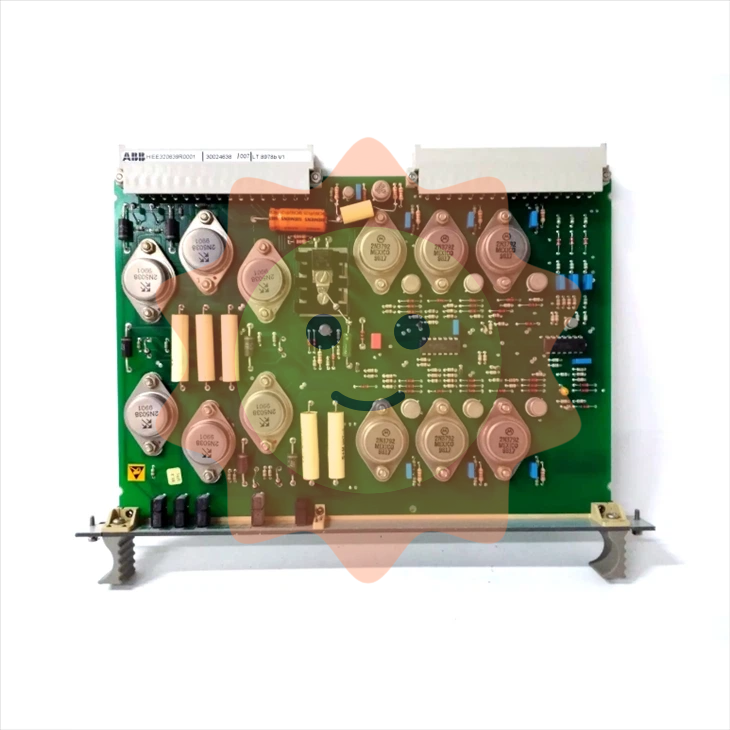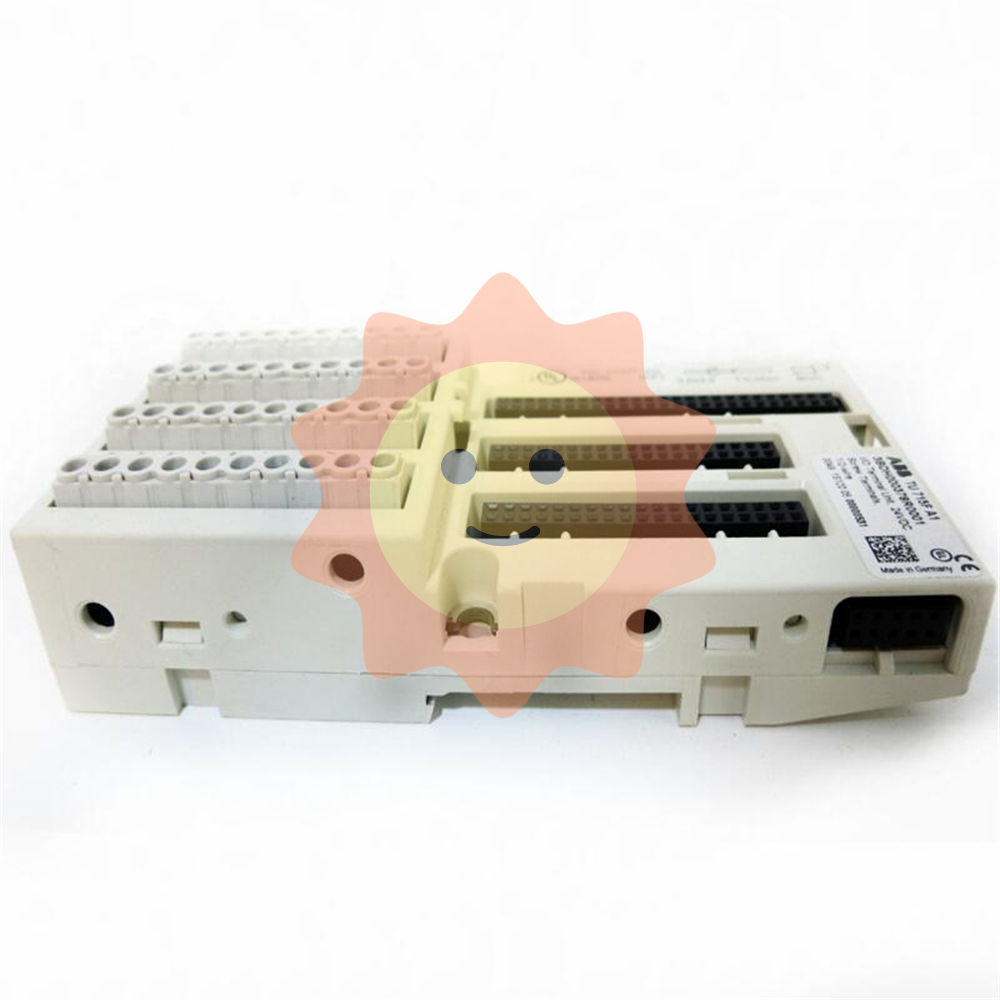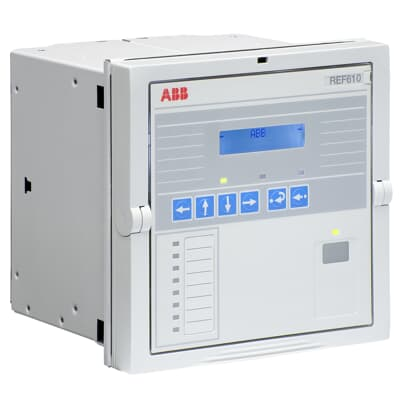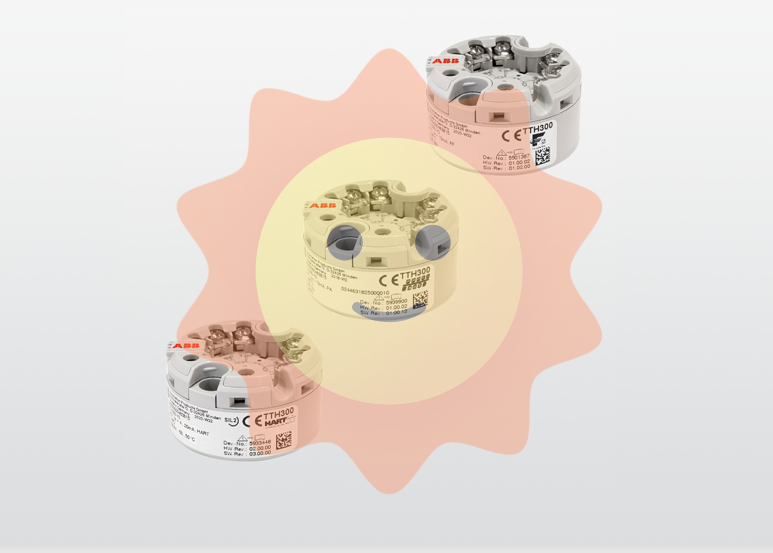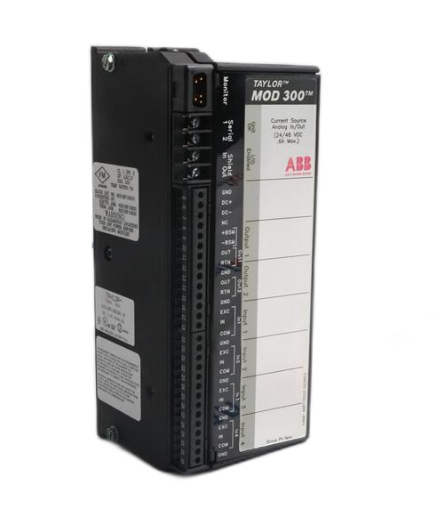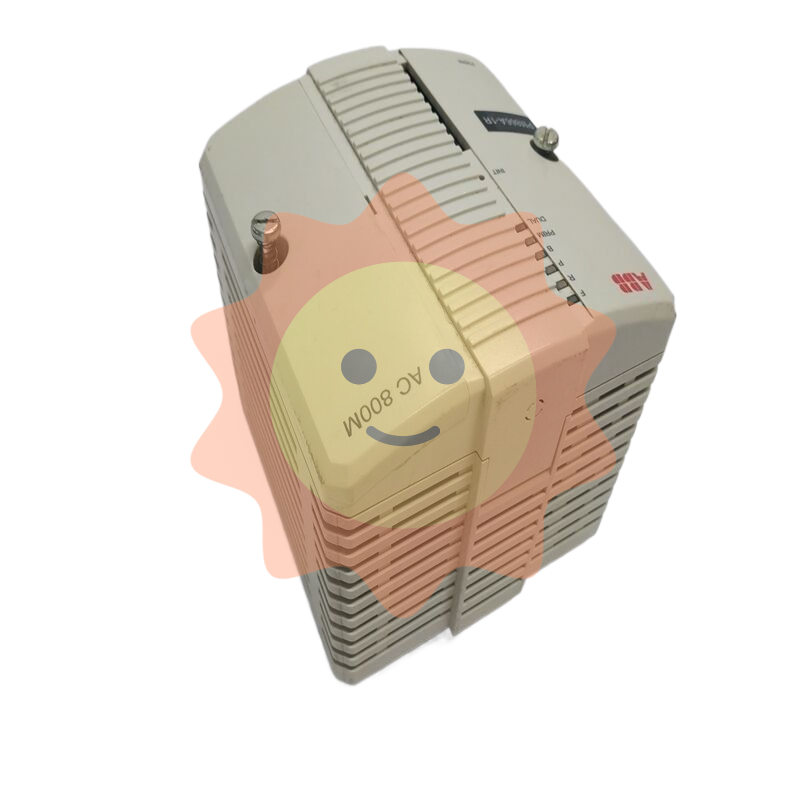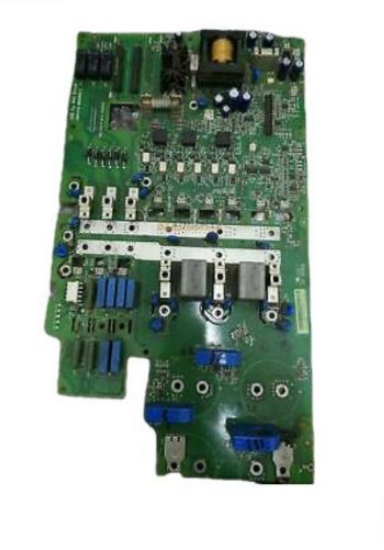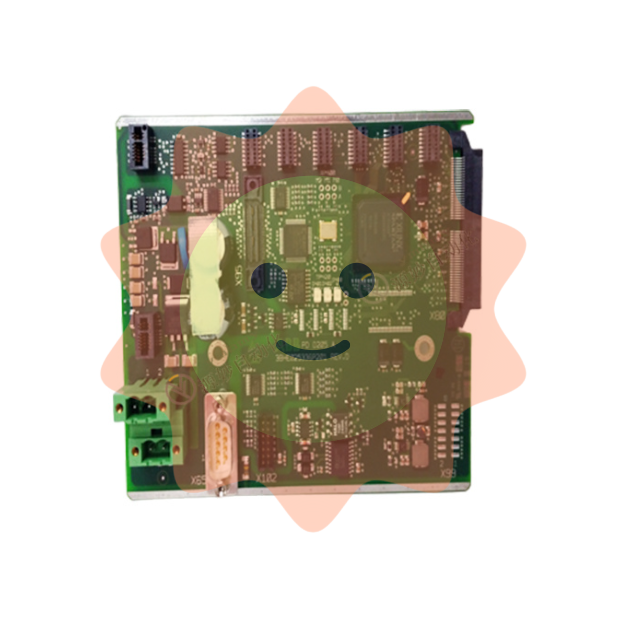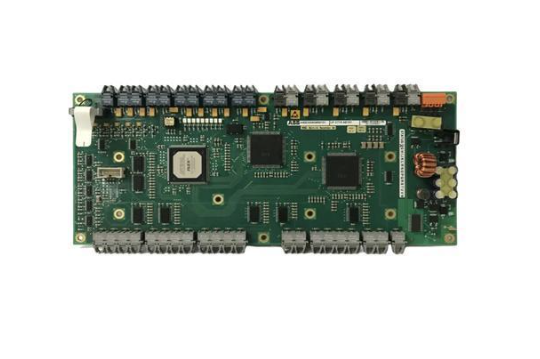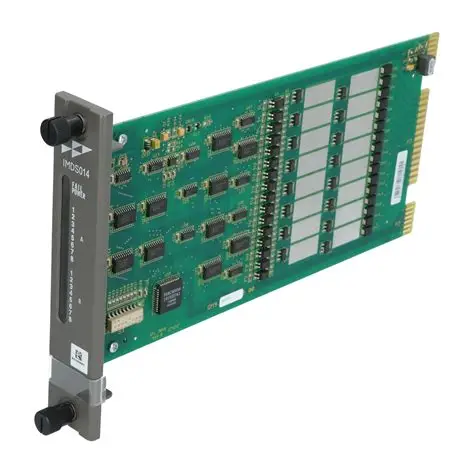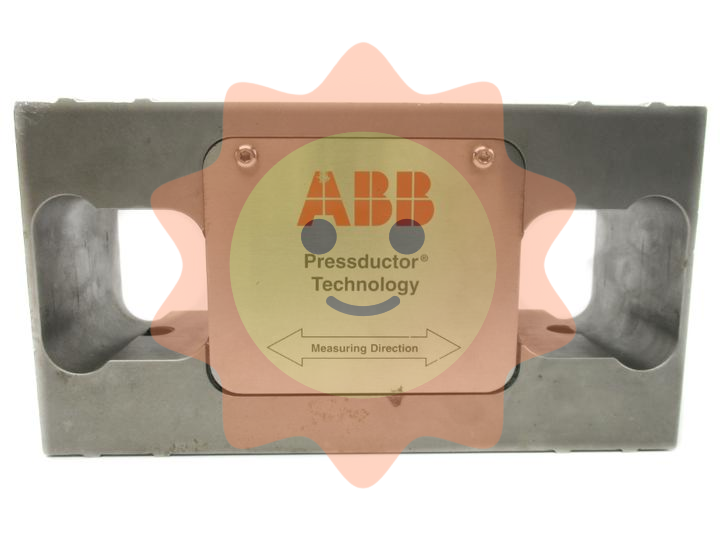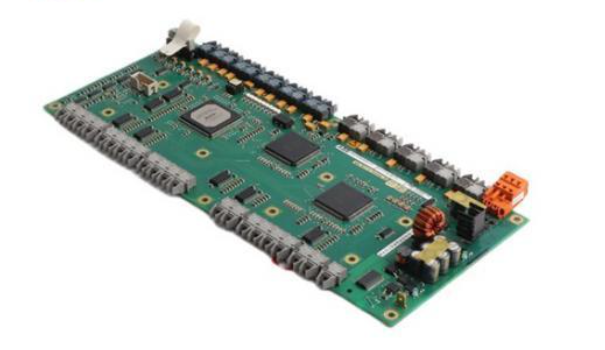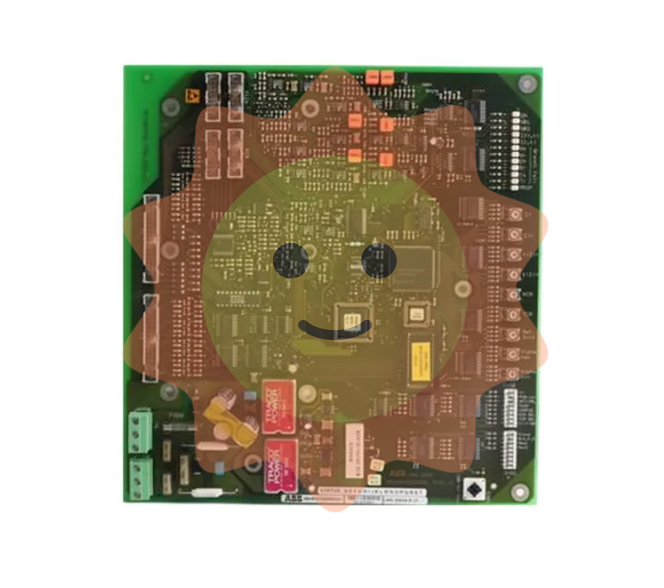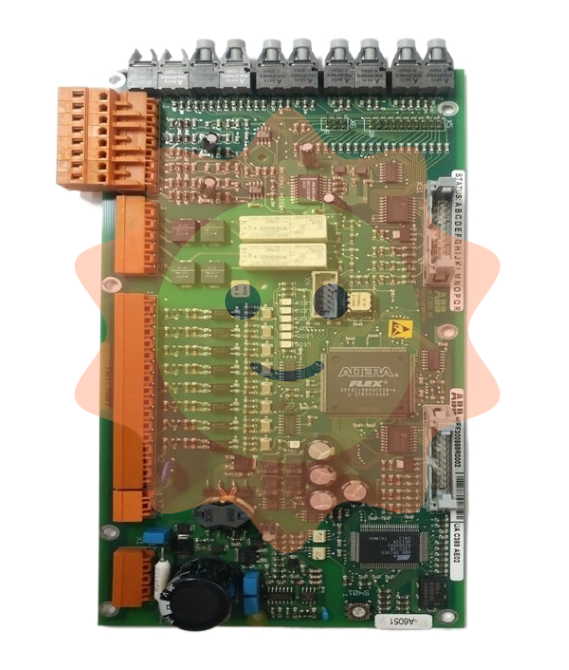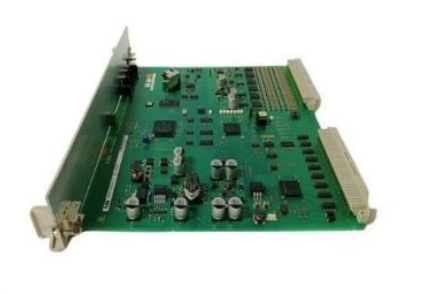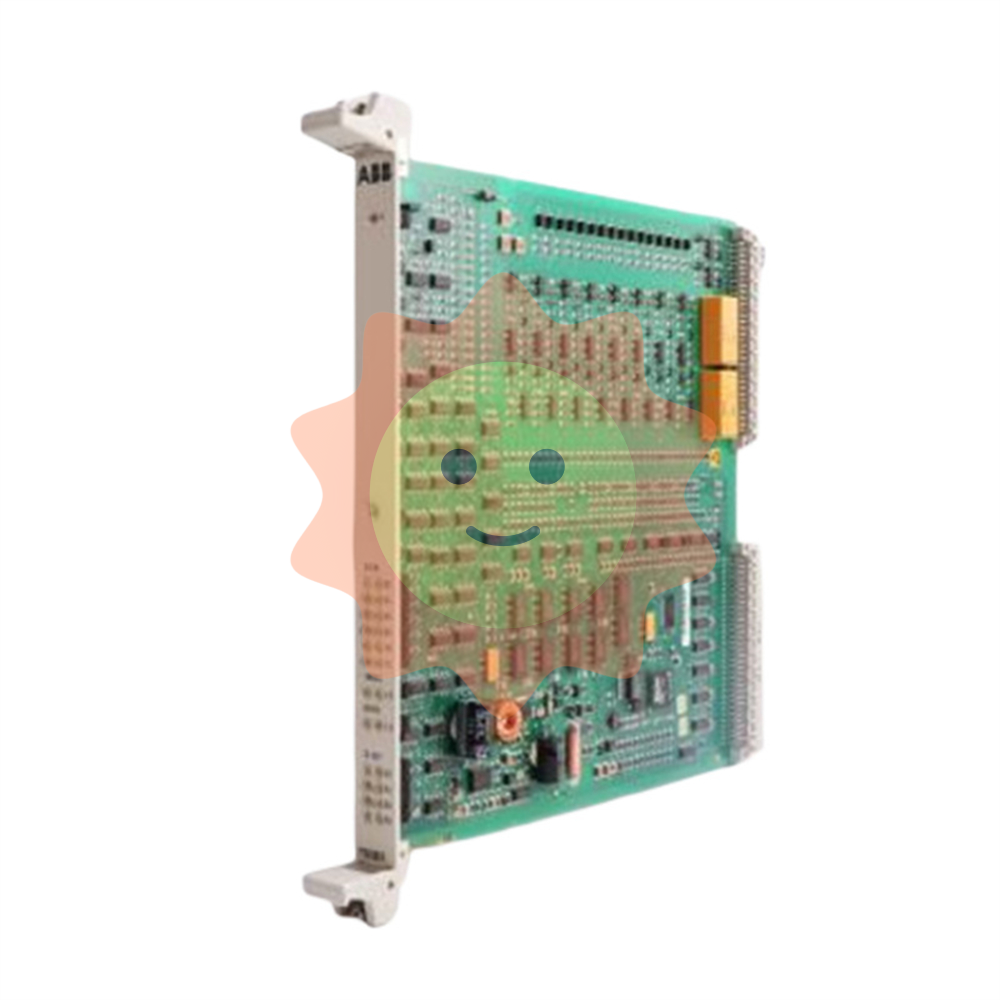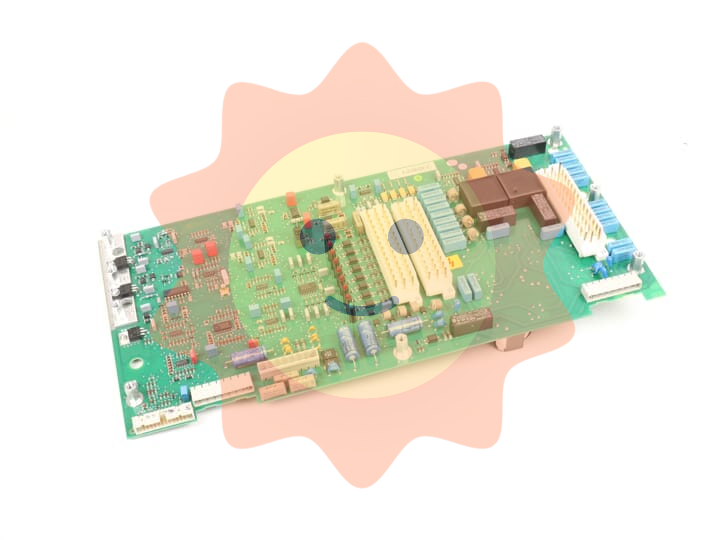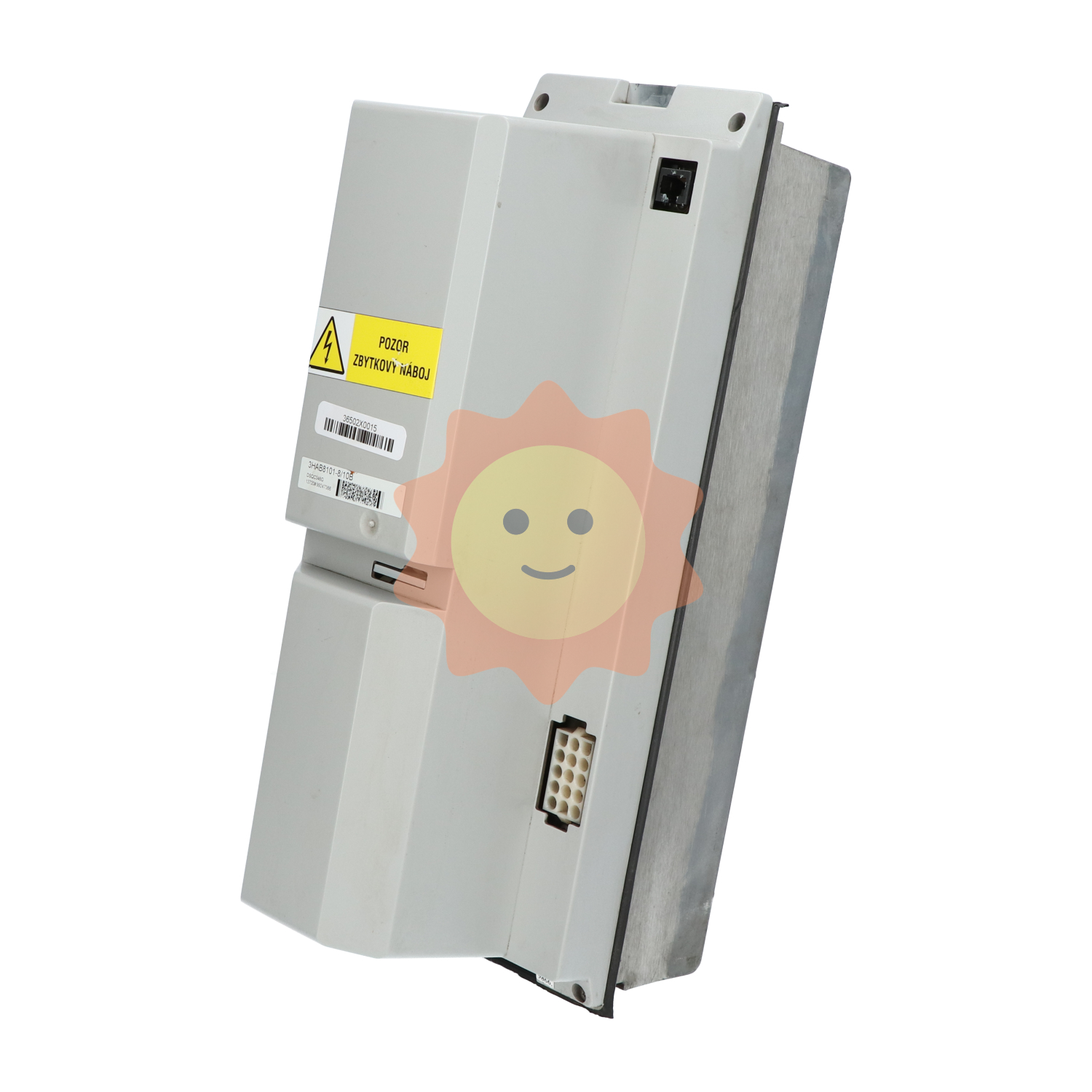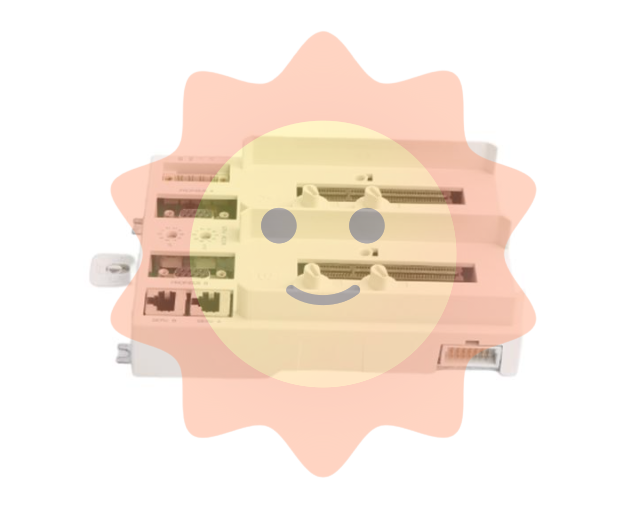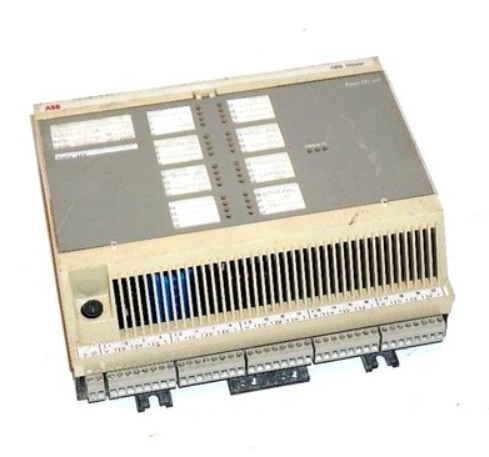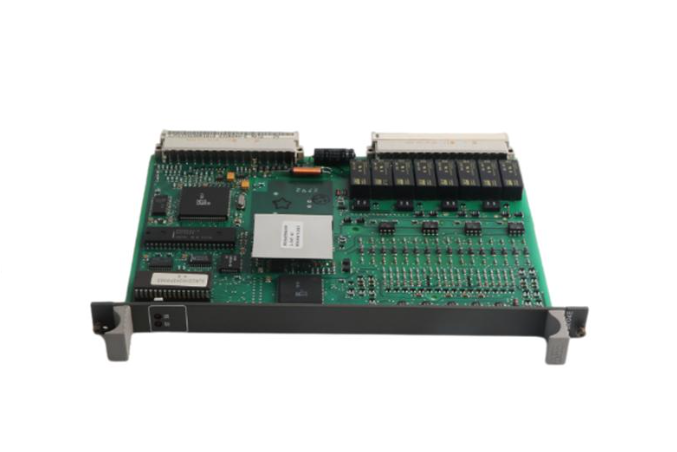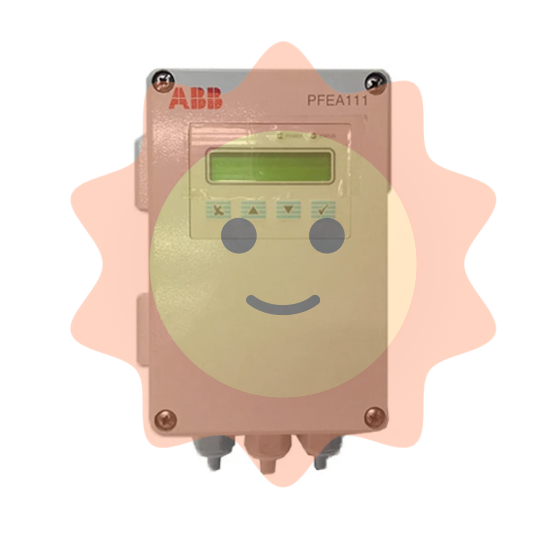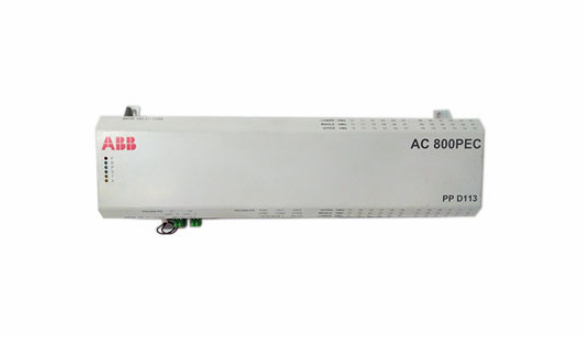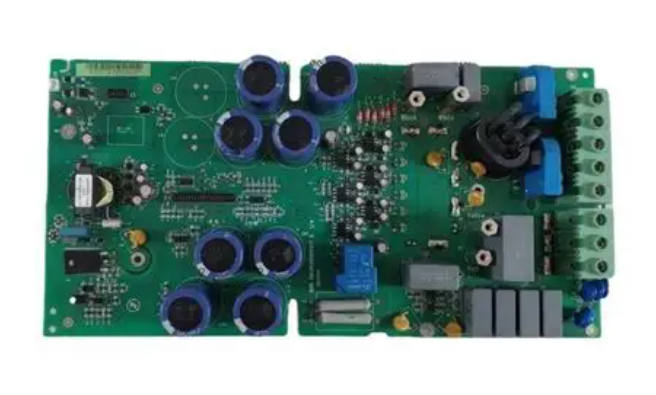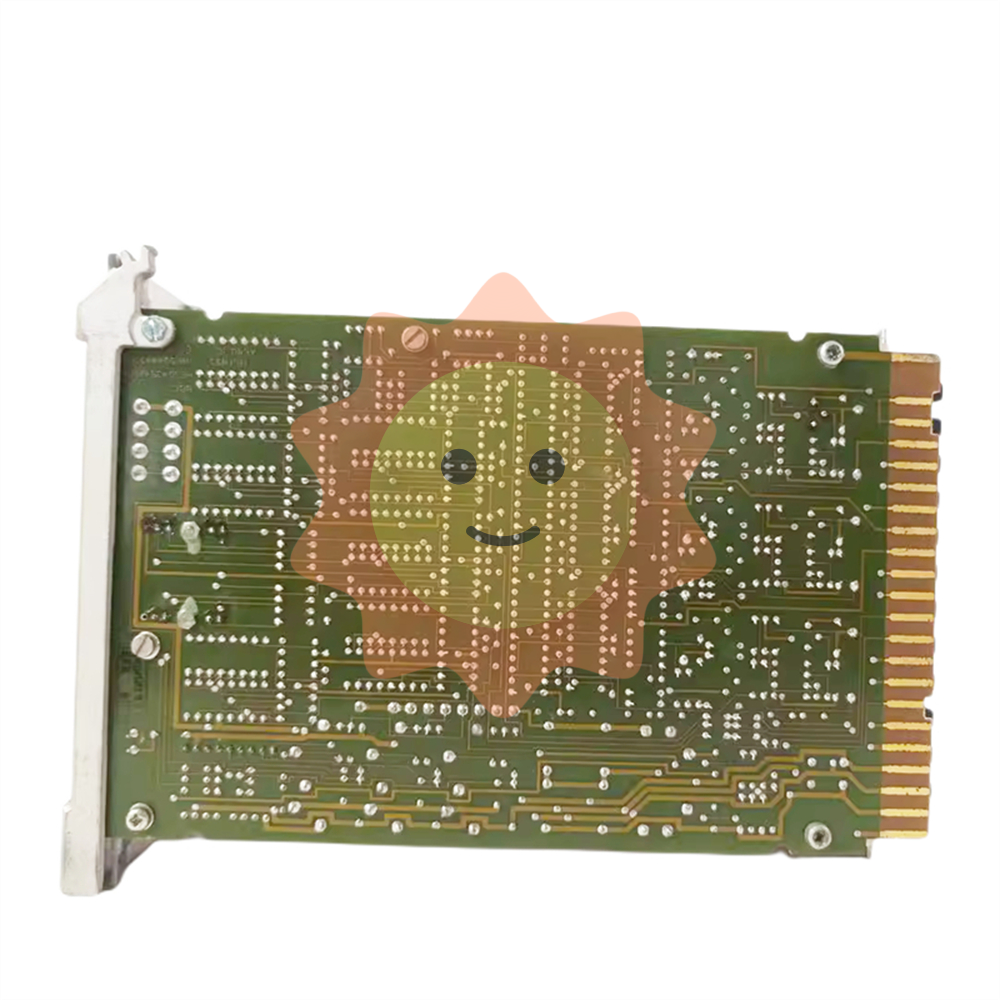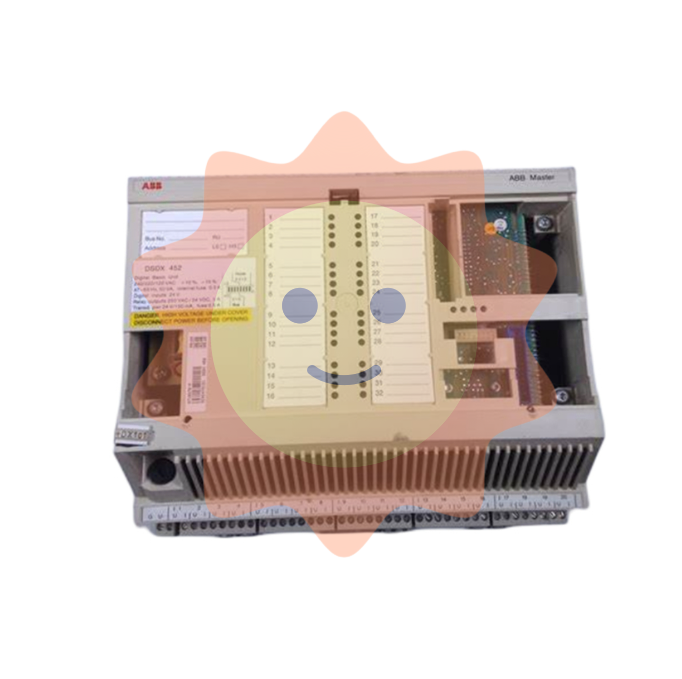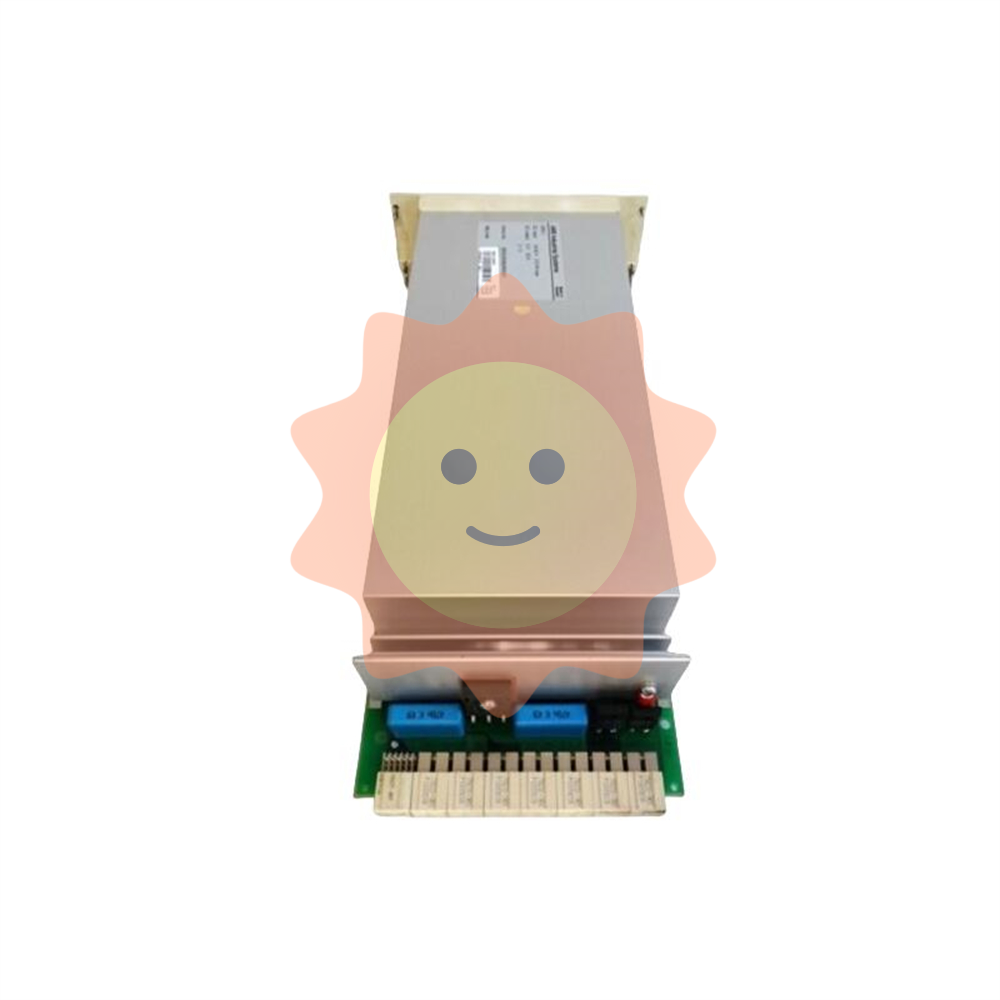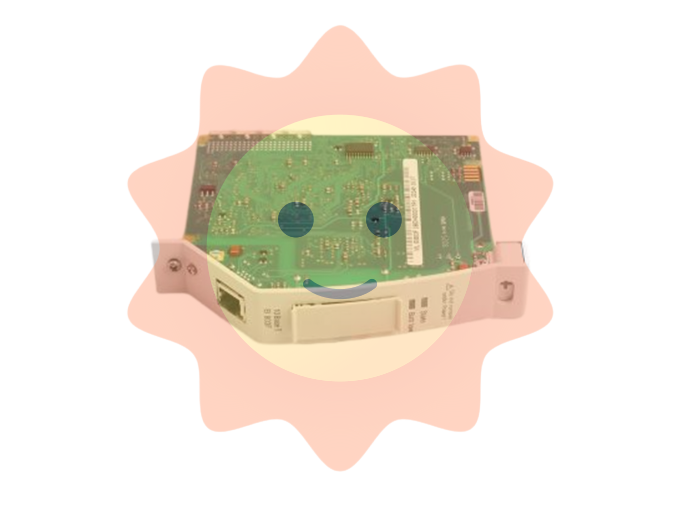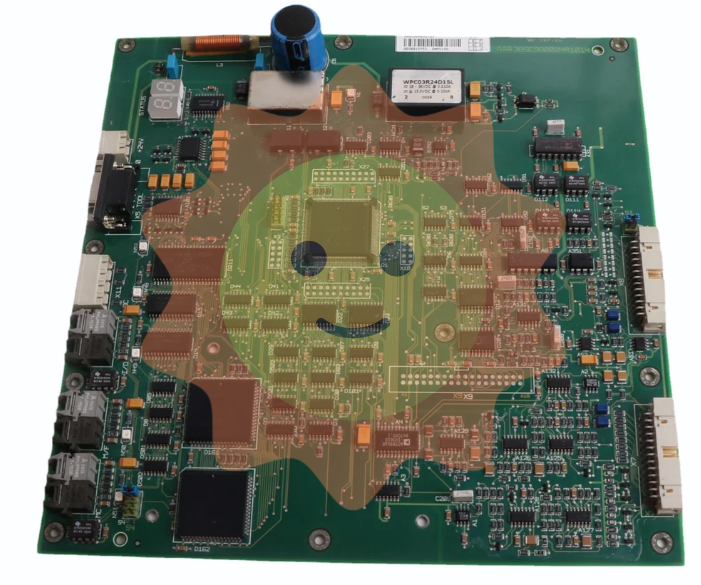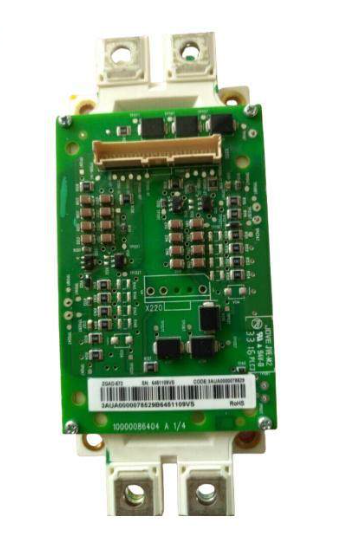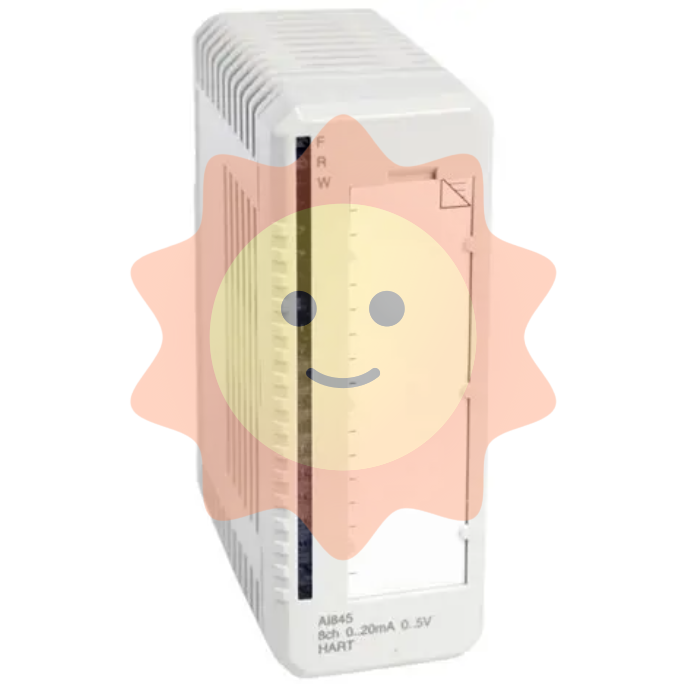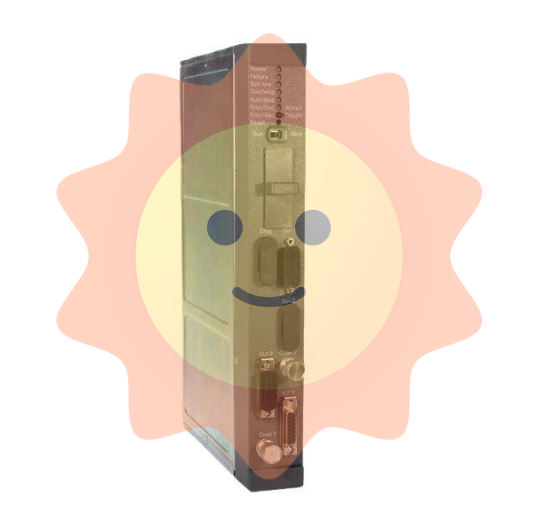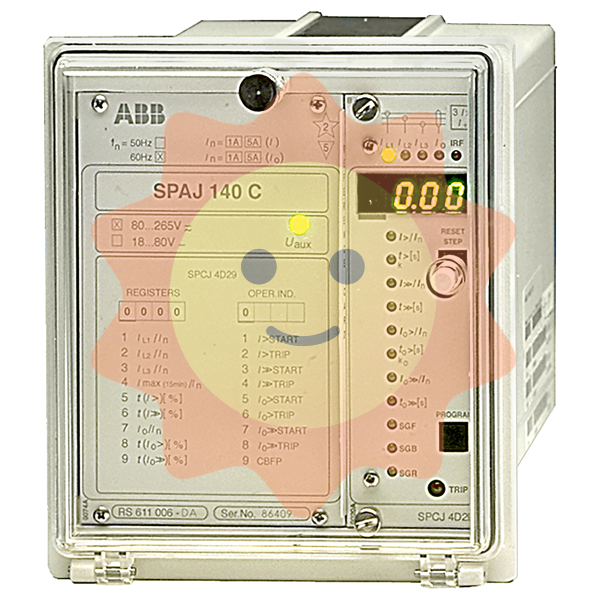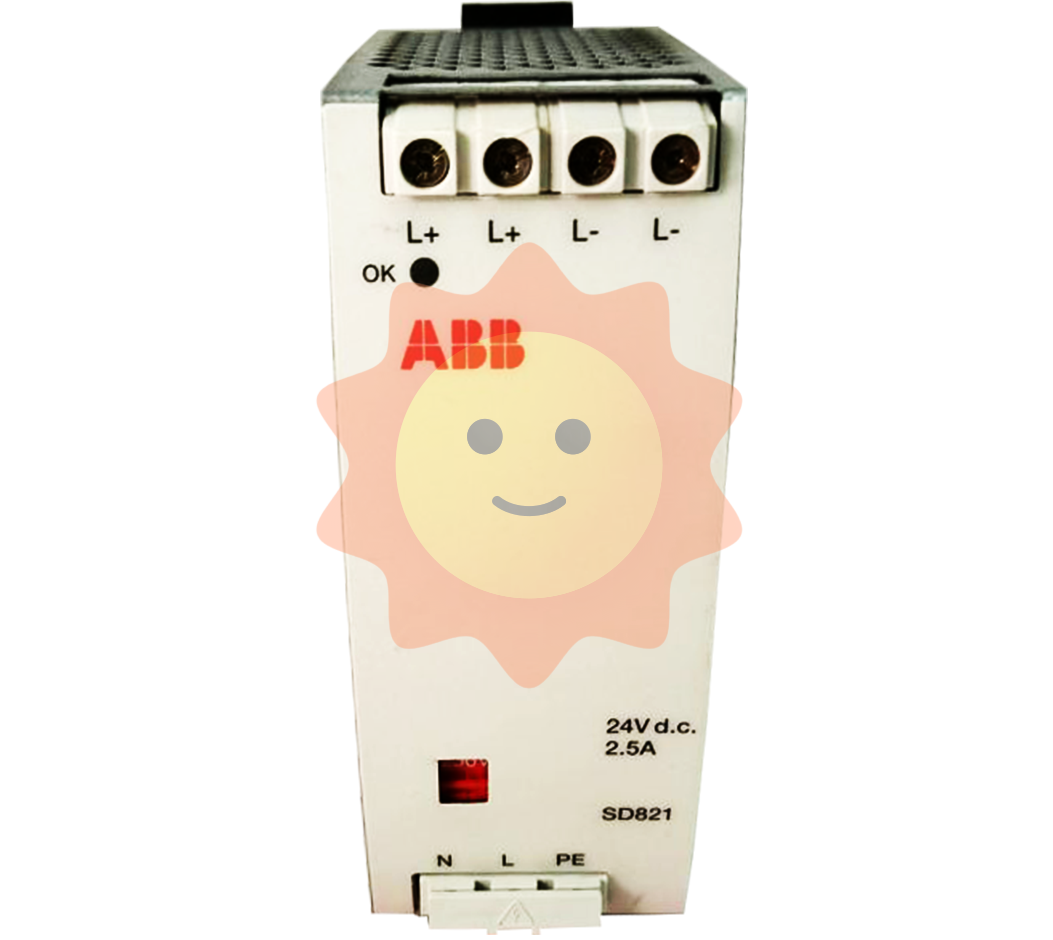Why don't electrons fall into the nucleus
In the macroscopic, if two particles with dissimilar charges start at a certain distance apart, no matter what their mass is, how much charge they carry, if they are not affected by other external forces, only under the action of electrostatic force, they will attract each other along a straight line, and will not form a point charge revolving around another point charge atom-like system. In the microscopic particles, the nucleus is positively charged and the electron is negatively charged, and the electron will eventually form an atomic system moving around the nucleus under the electrostatic gravity of the nucleus, and will not fall into the nucleus, which is unexplained by the classical electromagnetic theory: the classical electromagnetic theory believes that the electron will continue to radiate electromagnetic waves due to accelerating motion around the nucleus, resulting in energy reduction and eventually falling into the nucleus. In fact, there are two main reasons why electrons do not fall into the nucleus: First, when electrons are pulled closer by the electrostatic gravity of the nucleus, they continue to "fission" and release photons to obtain recoil and avoid falling into the nucleus. The second is that the magnetic interaction between the nucleus and the electron provides the source of the angular velocity required for the electron to rotate around the nucleus.
Section 1 Evolution of atomic structure model
Human understanding of atomic structure is gradually deepening. Ancient Greek philosopher Democritus and others: everything is made up of a kind of particles called "atoms". In 1808, the British scientist Dalton put forward the concept of atom as the smallest unit of matter, that matter is directly composed of atoms; An atom is a tiny, indivisible, solid sphere; Atoms of the same class have the same properties.

In 1897, the British physicist Thomson found the electron in the discharge phenomenon of low-pressure gas, and determined that the electron is a part of the atom, the discovery of the electron made people realize that the atom is composed of smaller particles. In 1904, Thomson proposed a "cake model" or "watermelon model" of atomic structure, which suggested that the positive charges in the atom were evenly distributed like a cake, while the electrons were embedded in it like dates and arranged according to certain geometric laws (or embedded in the positively charged "watermelon flesh" like a "watermelon seed"). When the electron is disturbed, it vibrates near the equilibrium position and emits photons of a specific wavelength, which explains why atoms of various elements can emit different spectra.
In 1909, Rutherford found that most of the a particles could penetrate the thin metal foil without changing direction, and a few of the a particles were deflected at a certain Angle when they passed through the metal foil, and some of the particles bounced back completely. Rutherford thus speculated that most of the atoms are empty, and there must be a hard nucleus with positive charge that concentrates most of the mass of the atom. When a particle hits the nucleus, it will be bounced back, and when it deflects, it will change direction and deflect at a certain Angle. Because the space occupied by the nucleus is small, most of the A particles can penetrate through. In 1920, Rutherford proposed the concept of the neutron, which was confirmed in 1931, and suggested that the nucleus was composed of protons and neutrons. Rutherford drew an analogy between the structure of the solar system and the atom and proposed a planetary model of the atom. The atomic system is like the solar system, each atom has a very small nucleus, which concentrates almost all the mass of the atom, and has several units of positive charge, a number of electrons rotate around the nucleus outside the nucleus, and the nucleus at the core rotates the electrons around it by its strong electrostatic attraction. Because the number of positive charges in the nucleus is equal to the number of negative charges in the electron, the atom is normally neutral.
Later, it was pointed out that according to the classical electromagnetic theory, the process of electrons rotating around the nucleus is the process of accelerating the movement of electric charge, which will inevitably release electromagnetic waves, as the electrons continue to release electromagnetic waves and their energy continues to decrease, the electrons will fall into the nucleus along the helix, and in fact the atomic system is quite stable; At the same time, because the electron falls into the nucleus along the helix, the electron's orbit should be continuously changing, and the frequency of the photon emitted should also be continuously changing, but when people observe the atomic spectrum, they find that the atomic spectrum is often several independent spectral lines, which shows that the stable orbit of the electron in the atom is not continuous. For these reasons, the planetary model of the atom was rejected.

In 1913, the Danish physicist Bohr introduced Planck's quantum concept on the basis of the planetary model and proposed the layered atomic structure model. It is believed that an electron can only move in certain stable orbits within an atom, that it neither emits nor absorbs energy when moving in these possible orbits, that it emits or absorbs energy only when the electron transitions from one orbit to another, and that the energy emitted or absorbed is specific, and that the relationship between the emitted frequency and energy is given by E=hv, where h is Planck's constant. Bohr believed that the electron moves in a circle around the nucleus in certain possible orbits, and that the farther away from the nucleus the higher the energy, the possible orbits of the electron must be determined by the angular momentum of the electron must be an integer multiple of h/2π. Bohr's atomic theory introduced quantum concepts into the field of atoms for the first time, put forward the concepts of stationary states and transitions, and successfully explained the experimental law of hydrogen spectrum. But for slightly more complex atoms, such as helium, Bohr's theory is unable to explain their spectral patterns.
- EMERSON
- Honeywell
- CTI
- Rolls-Royce
- General Electric
- Woodward
- Yaskawa
- xYCOM
- Motorola
- Siemens
- Rockwell
- ABB
- B&R
- HIMA
- Construction site
- electricity
- Automobile market
- PLC
- DCS
- Motor drivers
- VSD
- Implications
- cement
- CO2
- CEM
- methane
- Artificial intelligence
- Titanic
- Solar energy
- Hydrogen fuel cell
- Hydrogen and fuel cells
- Hydrogen and oxygen fuel cells
- tyre
- Chemical fiber
- dynamo
- corpuscle
- Pulp and paper
- printing
- fossil
- FANUC
- Food and beverage
- Life science
- Sewage treatment
- Personal care
- electricity
- boats
- infrastructure
- Automobile industry
- metallurgy
- Nuclear power generation
- Geothermal power generation
- Water and wastewater
- Infrastructure construction
- Mine hazard
- steel
- papermaking
- Natural gas industry
- Infrastructure construction
- Power and energy
- Rubber and plastic
- Renewable energy
- pharmacy
- mining
- Plastic industry
- Schneider
- Kongsberg
- NI
- Wind energy
- International petroleum
- International new energy network
- gas
- WATLOW
- ProSoft
- SEW
- wind
- ADVANCED
- Reliance
- YOKOGAWA
- TRICONEX
- FOXBORO
- METSO
- MAN
- Advantest
- ADVANCED
- ALSTOM
- Control Wave
- AB
- AMAT
- STUDER
- KONGSBERG
- MOTOROLA
- DANAHER MOTION
- Bently
- Galil
- EATON
- MOLEX
- Triconex
- DEIF
- B&W
- ZYGO
- Aerotech
- DANFOSS
- KOLLMORGEN
- Beijer
- Endress+Hauser
- MOOG
- KB
- Moxa
- Rexroth


Email:wang@kongjiangauto.com

